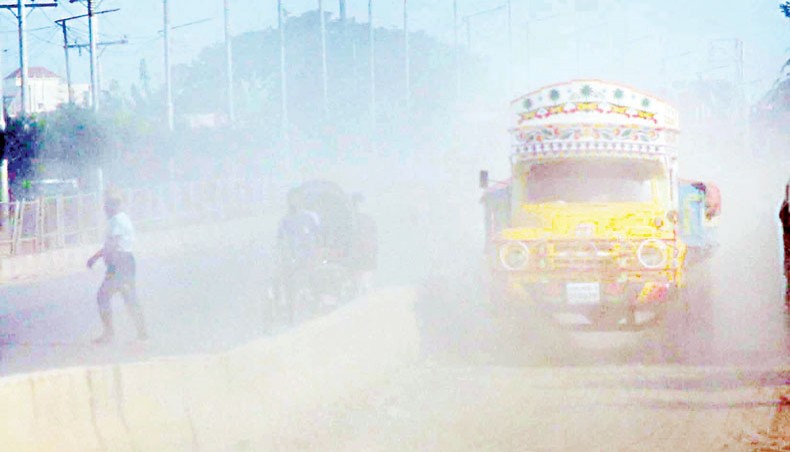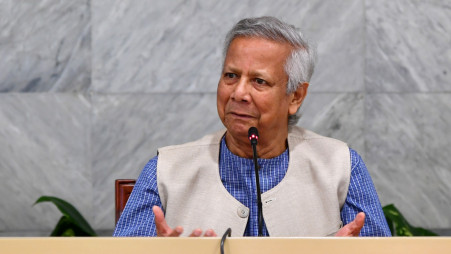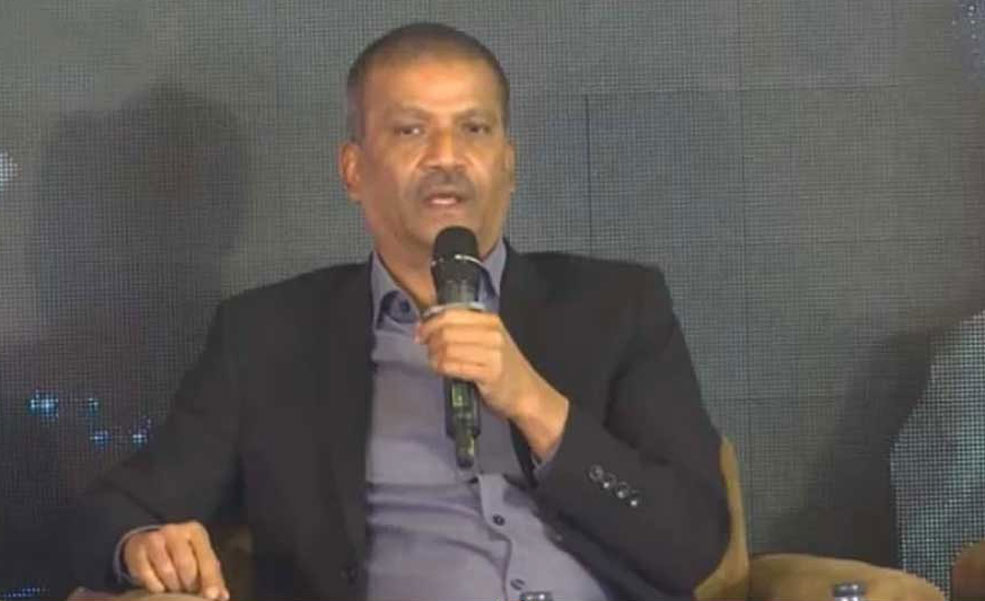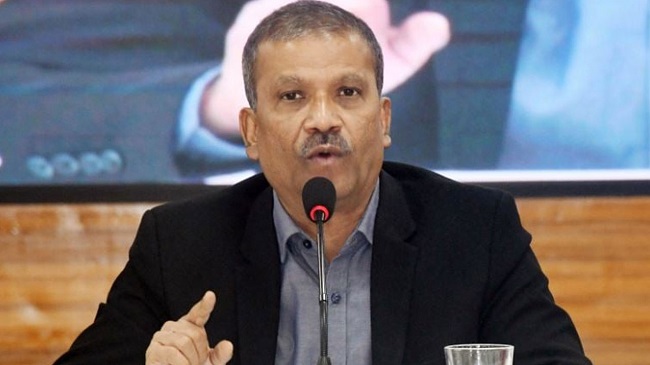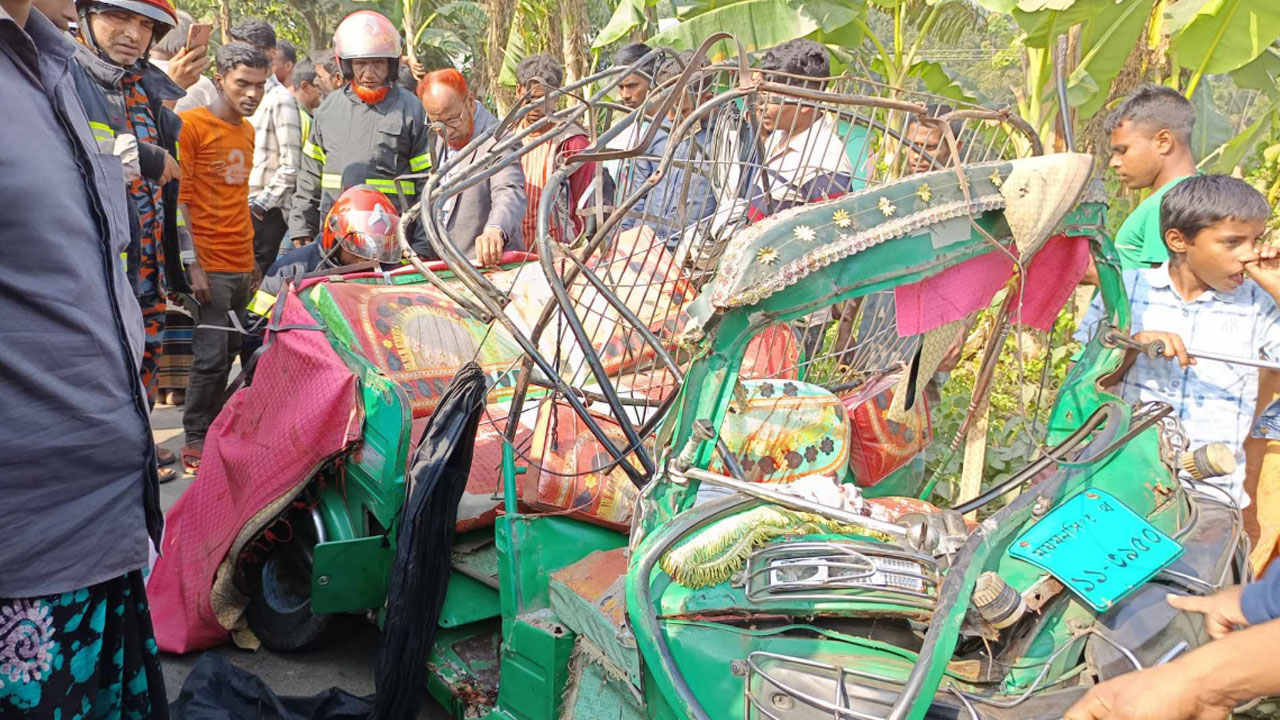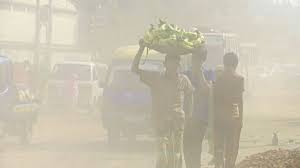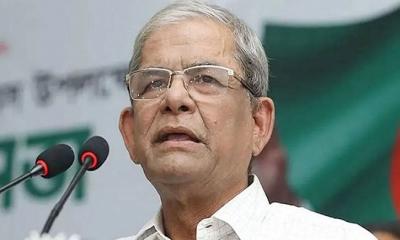The air quality in Dhaka and other cities of the country is worsening as the dry season has started amid the second wave of the coronavirus outbreak that has infected nearly 4.4 lakh people and killed over 6, 400 of them across the country.
Physicians and green activists said that the low-quality air brought about an additional risk of COVID-19 infection for the people having respiratory problems.
Gonoshasthaya Kendra founder and health rights activist Dr. Zafrullah Chowdhury said that air pollution sources were vehicles, industries and other activities that involved corruption.
He suggested that the government should curb corruption in all sectors related to air pollution.
The founding chairman of the respiratory medicine unit of the Bangabandhu Sheikh Mujib Medical University hospital, Professor AKM Mosharraf Hossain, said that particulate matters entered human lungs through breathing and created inflammation there.
‘People can catch COVID-19 if they have lung inflammation,’ he said, adding that an increasing number of coronavirus patients indicated that.
Clean air campaigners said that air pollution was gradually intensifying due to the lack of measures by the relevant government agencies, including the Department of Environment, Bangladesh Road Transport Authority, Rajuk, city corporations and other entities.
Centre for Atmospheric Pollution Studies founding director and chairman of the environment science department at Stamford University Bangladesh Ahmad Kamruzzaman Majumder said that six sources were mainly responsible for air pollution in Bangladesh.
They are, he said, dust pollution from construction work and vehicle movement, emission from brick kilns, emission form motor vehicles, indoor air pollution, pollution from solid wastes and transboundary pollution.
On Monday, the Department of Environment measured Dhaka Air Quality Index score to be 284, which was very unhealthy and Gazipur score 323 and Rajshahi score 322, which were extremely unhealthy.
DoE air quality monitoring unit director Md Ziaul Haque said that the department was working to curb the air pollution for which it shut down 700 brick kilns across the country last year, adding that it initiated the Bangladesh Clean Air Bill-2019 to stop pollution from construction sites.
‘The government has adopted a policy to phase out clay bricks from government construction by 2025, in which blocks would be used,’ he said.
In case of mandatory use of bricks, only 20 per cent of the kilns would be allowed to operate with modern technology, he said.
According to the DoE, more than 8,000 brick kilns, operate across the country, including 3,000 in and around the capital, excluding those which operate illegally.
‘The DoE is preparing a list of both legal and illegal brick kilns across the country to take action against them under the Brick Manufacturing and Brick Kilns Establishment (Control) Act,’ Ziaul said.
Ahmad Kamruzzaman said that the air pollution in the capital started in the 90s but since 2016 it has become acute, particularly for over eight months a year except June to September and sometime in October.
‘From November to February 65 per cent of the air pollution occurs as major construction work takes place and several thousand brick kilns operate during the time,’ he said.
The Centre for Atmospheric Pollution Studies irregularly measures air quality at 70 locations in the 269 square kilometre area of the capital, home to an estimated 20 million plus people.
According to AQI measurement, the score of 0-50 is good, 51-100 moderate, 101-150 unhealthy for sensitive groups, 151-200 unhealthy, 201-300 very unhealthy and 301 and above is hazardous.
In different international studies, Dhaka city, in terms of air quality, was recorded to be among the five most polluted cities, including Karachi, Delhi and Beijing, making the capital of Bangladesh one of the worst liveable cities of the world.
The World Bank Country Environmental Analysis 2018 estimated that around 80,000 deaths and 2.6 million Disability Adjusted Life Years, in short DALYs, were caused in the country by the air pollution, poor availability of water, sanitation and hygiene and other similar factors in 2015.
According to the World Health Organisation definition, DALY is calculated as the sum of the years lost due to disability.
The WB report also revealed that almost 18,000 deaths and 5,78,000 DALYs were counted in the capital alone in 2015.
The value of economic welfare impacts due to the mortality was estimated by the report at $6.52 billion in all urban areas of the country while the capital alone accounted for $1.44 billion.
The Global Liveability Index 2018 ranked Dhaka city as the second least liveable city of the w


